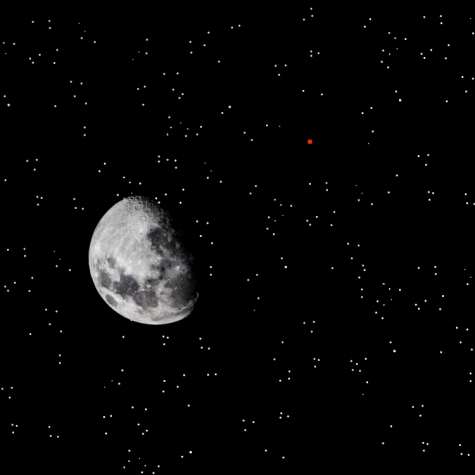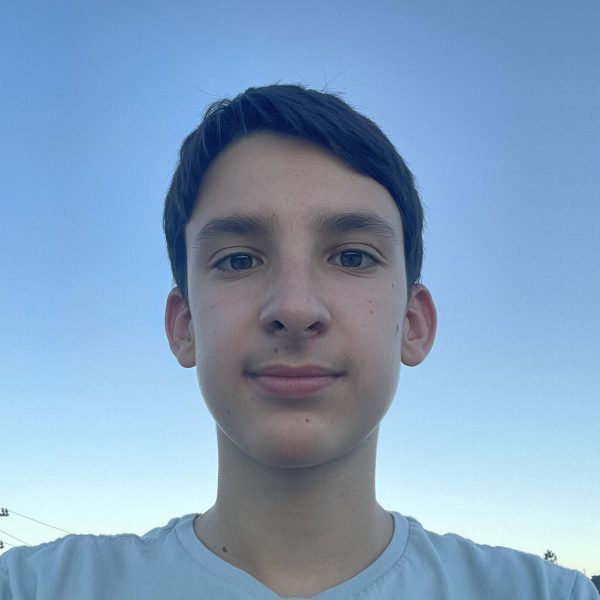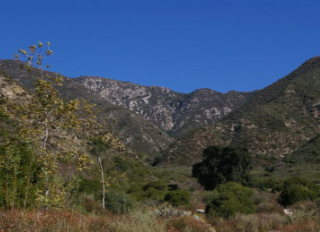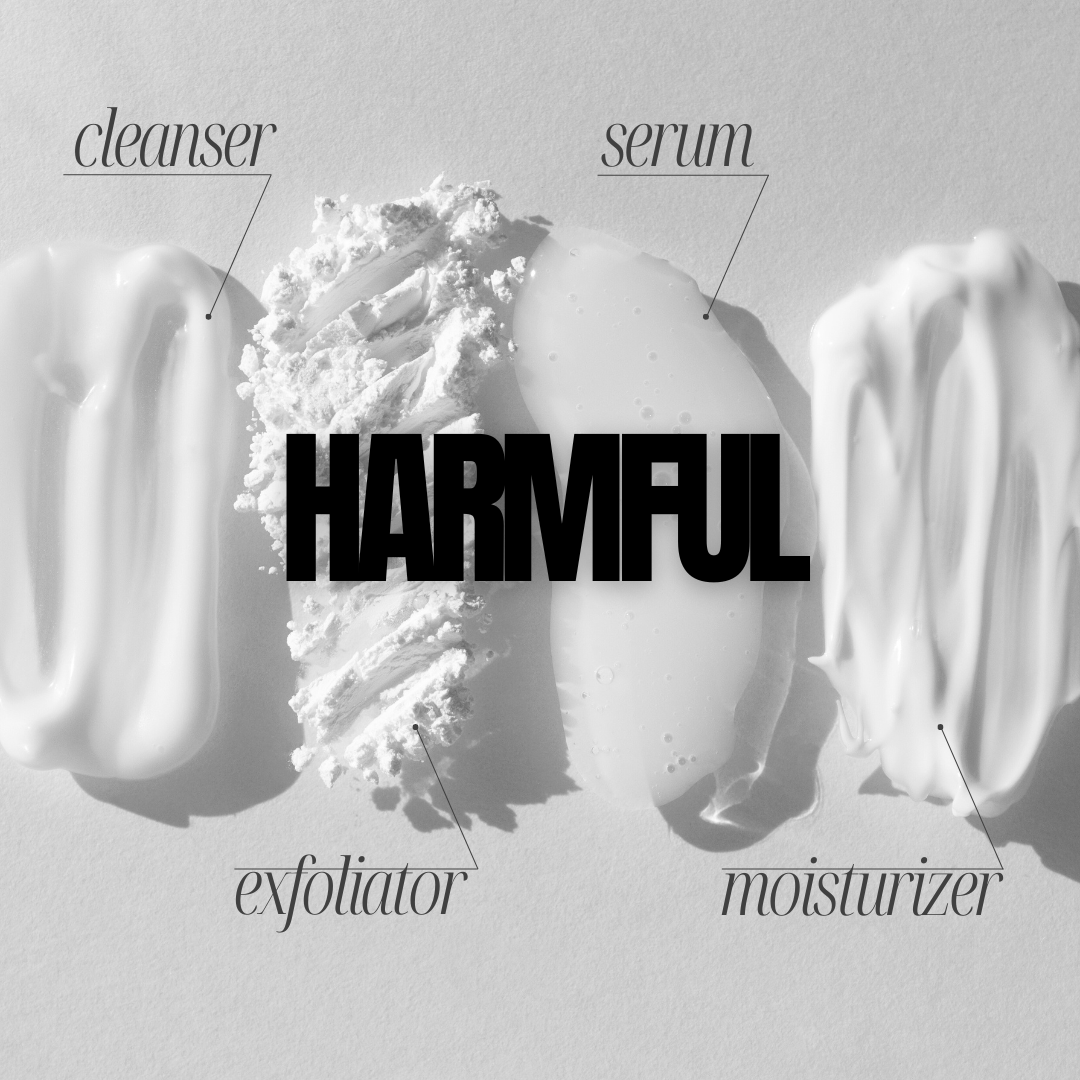Space Events for late October
A guide to this month’s events in outer space.
I am very interested in space, and have a telescope that I use almost every day (130mm reflector). Though it is sometimes disappointing that you cannot see nebulae, and galaxies, especially here, in Los Angeles.
Here are some of the major space “events” until the end of October.
On October 10th, the meteor shower Southern Taurids is at its peak. The meteor shower consists of about 5 meteors per hour, but that is in ideal condition, which Los Angeles is far from. So don’t expect to see any meteors. Sorry.
For people who don’t know, a meteor, is a rock from space that does not reach the Earth’s surface. A meteorite is a space rock that does reach Earth’s surface.
Though what you can see is on Friday, October 14, the moon and Mars will be pretty close to each other. This will especially interest people who like space photography, as the Moon and Mars can be captured in one frame. The moon will be a waning gibbous, at approximately 72% of a full moon.
According to Sky Guide, this is how the moon and Mars will look on Friday, October 14:

Earlier in this article, I disappointed you by telling you that you will not see any meteor on October 10. Though I do have good news. On Friday, October 21, there will be a meteor shower called Orionids. The meteor shower consists of the leftover fragments from Halley’s Comet.
The highest amount of visible meteors will be at 5:00AM. Better get up early if you want to see some meteors. The shower’s radiant, the point in the sky from which the meteors originate, will be about 70° above the southern horizon. Because of the light pollution from downtown Los Angeles (which is also south of La Crescenta, unfortunately), expect to see about 5 meteors an hour. Though if you decide to go out into the wilderness, you will see up to 20 meteors an hour. That is a solid meteor every 3 minutes. It is a Friday, so going out into the wilderness might actually be a fun idea…
If you are interested, there will be a new moon on Tuesday, October 25. Not much to say here. It is the same new moon that happens every 29.5 days. A new moon is when the moon is between the Earth and the Sun. Therefore, we don’t see the moon, or barely see the moon. Especially considering that a new moon is at its closest to the sun, not only in space, but also in the sky. I don’t think that you will want to look at a moon that is right next to the sun. Bright!
What I am really looking forward to is the partial solar eclipse! It will be visible… only in Europe. How sad.
To make you feel better, I will spoil that on Tuesday, November 8, there will be a full lunar eclipse! This time, It will be visible here! The lunar eclipse will be visible on every continent, except Europe and Africa, but people on the borders of the Pacific Ocean (including us!!!!) will see a full lunar eclipse. Though it comes with some difficulties:
4:30 pm – Moon rises
12:02 am – Penumbral eclipse begins
1:09 am – Partial eclipse begins
2:16 am – Total eclipse begins
3:41 am – Total eclipse ends
4:49 am – Partial eclipse ends
5:56 am – Penumbral eclipse ends
6:38 am – Moon sets
A lunar eclipse is not like a solar eclipse. The sun will not be in front of the moon. (Especially considering that the sun will not be out at 2 am.) A lunar eclipse is when the moon is orange. A partial lunar eclipse will be a pale, pinkish moon, while a total, or full, lunar eclipse will make the moon dark orange. (The lunar eclipse will be during a full moon.)
Your donation will support the student journalists of Rosemont Middle School. Your contribution will allow us to purchase equipment and cover our annual website costs.

Timofey Tkachev is a journalist who loves cats. He enjoys coding, riding my bike, swimming and had experience making a newspaper in his elementary school...













